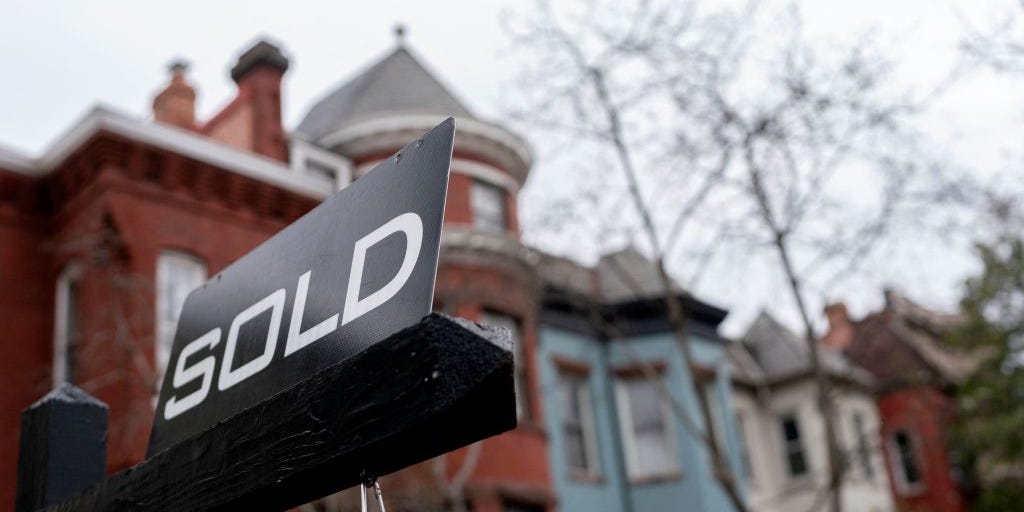- President Biden laid out new housing market proposals during his State of the Union address on Thursday.
- They include mortgage-relief credits for first-time buyers, and credits for certain sellers.
- But some experts remain concerned about a lack of housing supply.
Thanks for signing up!
Access your favorite topics in a personalized feed while you’re on the go.
download the app

The Biden Administration has put out a list of new proposals to tackle housing-market unaffordability, aiming to bring relief to homebuyers, renters, and mortgage-locked homeowners.
“I know the cost of housing is so important to you. If inflation keeps coming down, mortgage rates will come down as well. But I’m not waiting,” President Joe Biden said during Thursday’s State of the Union address.
The White House is stepping up as homeownership costs keep mounting, with over 90% of the market overvalued. While surging mortgage rates have priced out potential buyers, they have also kept owners from selling. With so many homes off-the-market, prices have remained elevated.
To account for this, the administration is pushing for Congress to pass a mortgage-relief credit for middle-class first-time buyers, offering an annual tax credit of $5,000 for two years. For first-generation homebuyers, Biden also proposed $25,000 in down payment assistance.
In order to unlock supply, Biden called for a one-year tax credit of $10,000 to families selling a starter home. These are properties with a price below their county’s median.
Among other proposed measures, Biden is also asking that Congress pass legislation to build and renovate 2 million homes; the White House said that’s enough to close the supply gap, pushing prices lower.
Multiple groups have commended these efforts as worthwhile steps to tackle the issue, with National Housing Conference CEO David Dworkin considering it the “most consequential State of the Union address on housing in more than 50 years.”
Yet others worry that it’s not enough. Ahead of the speech, Zillow Chief Economist Skylar Olsen noted that the supply crunch is worse than the White House has laid out.
“I think it really could incentivize a lot of buyers to move forward and could, you know, spurred forward sales, but we need those new listings to be there in the first place,” she told CNBC, and added: “Our shortfall is more around, maybe, 4 million, if you think of all those households who live with non-relatives that really cannot afford to pop out right now.”
Others have warned that adding these measures will drive demand, potentially accelerating price appreciation.
This week, the Treasury Department updated its guidance on unspent COVID-era funds, making them available for housing projects at a state and local level.


